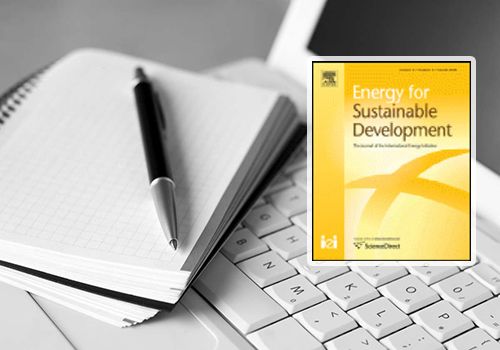کنسرسيوم دانشگاهيان و متخصصان ايران
کنسرسيوم ايرکاس | آموزش مجازي | دوره هاي تخصصي |مدرک معتبر| مدرک بين المللي | دوره هاي حضوري| جامعه مهندسي | جامعه پزشکان | متخصصان ايران
آموزش تعمير تجهيزات پزشکي
آموزش تعمير تجهيزات پزشکي
انجمن مهندسي پزشکي
دوره هاي آموزشي پر درآمد
آموزش بازسي جوش
آموزش پايپينگ
انجمن مهندسي مکانيک
دوره آموزشي تعميرات
آموزش تعميرات تجهيزات دندانپزشکي
آموزش تعمير تجهيزات بيمارستاني
آموزش تعمير تجهيزات تصوير برداري
آموزش مجازي
صدور گواهي نامه بين المللي
دانشجويان مهندسي پزشکي
تعميرات تخصصي
تعمير تجهيزات اتاق عمل
Field study of the building physics properties of common building types in the Inner Himalayan valleys of Bhutan

Abstract:
Traditionally, buildings in the Inner Himalayan valleys of Bhutan were constructed from rammed earth in the western regions and quarry stone in the central and eastern regions. Whilst basic architectural design elements have been retained, the construction methods have however changed over recent decades alongside expecta-tions for indoor thermal comfort. Nevertheless, despite the need for space heating, thermal building performance remains largely unknown. Furthermore, no dedicated climate data is available for building performance assess-ments. This paper establishes such climatological information for the capital Thimphu and presents an investiga-tion of building physics properties of traditional and contemporary building types. In a one month field study 10 buildings were surveyed, looking at building air tightness, indoor climate, wall U-values and water absorption of typical wall construction materials. The findings highlight comparably high wall U-values of 1.0 to 1.5 W/m²K for both current and historic constructions. Furthermore, air tightness tests show that, due to poorly sealed joints be-tween construction elements, windows and doors, many buildings have high infiltration rates, reaching up to 5 air changes per hour. However, the results also indicate an indoor climate moderating effect of more traditional earth construction techniques. Based on these survey findings basic improvements are being suggested.
The Authors. Published by Elsevier Inc. on behalf of International Energy Initiative. This is an open access article under the CC BY license
Authors:
Mark F. Jentsch a,* , Christoph Kulle a,TobiasBodea,ToniPauera, Andrea Osburg a,Tenzinb, Karma Namgyel b, Karma Euthra b, Jamyang Dukjey b, Karma Tenzin b
Keywords:
Building monitoring
Air tightness
U-value
Indoor climate
Himalaya
Climate data
دپارتمان های علمی
درباره کنسرسیوم
پنل آموزشی
آمار سایت
مراکز خدماتی و رفاهی طرف قرارداد





















